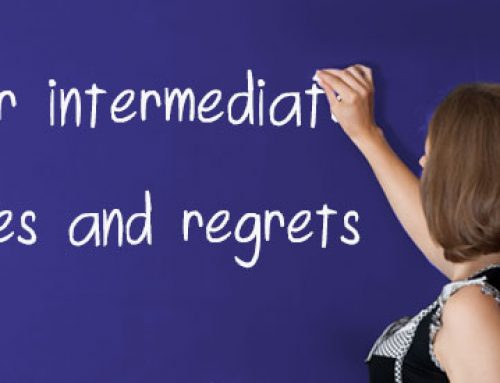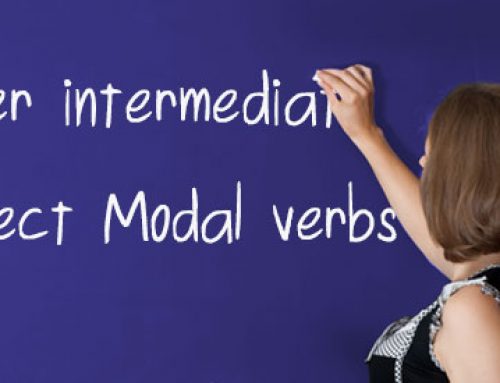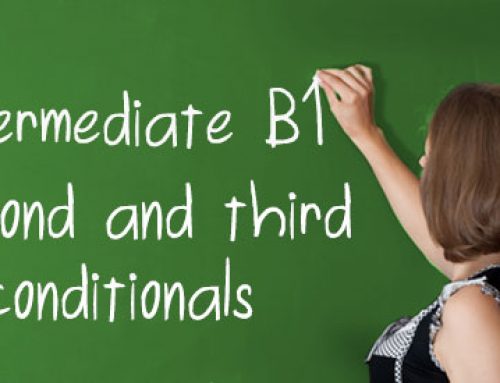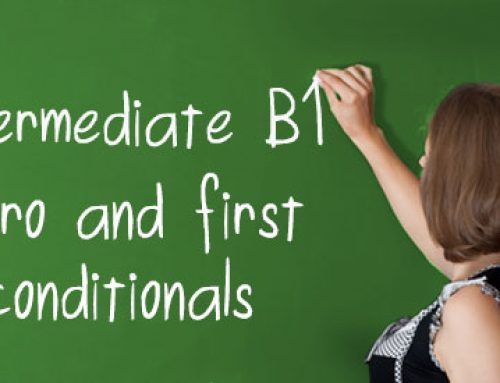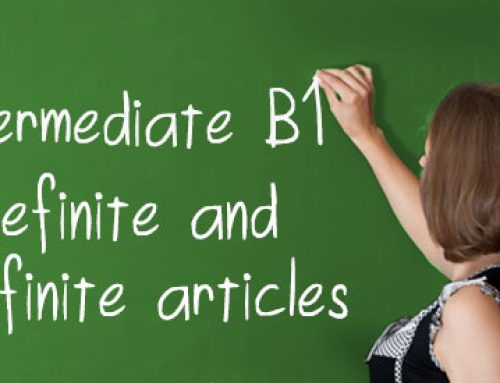Intermediate English – Adverbs
Adverbs
How are adverbs used? In English, adverbs play an important role. Adverbs can be used to describe how, when, where and how often an action is performed. Adverbs are generally used to modify verbs but can also be used to modify adjectives or other adverbs.
Adverbs are used to describe the way something performs an action. Adverbs are generally used to modify verbs but they are sometimes used to modify adjectives or other adverbs.
- Adverb Formation
- Adverb Position
- Adverbs of time and space
- Adverbs of Frequency
- Interrogative adverbs
- Verbs of Perception
In English, conditional forms are composed of two separate clauses; an if clause and a result clause. We use the ‘if clause’ to say ‘If this happens….” (se questo succede …) and the ‘result clause’ is used to say ‘this will happen’ (… questo accadrà). The second and third conditionals can be called ‘unreal conditionals’ and this page explains how they are used.
Adverb Formation
Many adverbs are formed by adding ‘–ly’ to an adjective:
- intelligent – intelligently
- slow – slowly
- precise – precisely
If the adjective ends with ‘–le’, replace the ‘e’ with ‘y’ to create the adverb:
- simple – simply
- subtle – subtly
The adverb for the adjective ‘good’ is irregular:
- good – well ; (My father plays well…..not….My father plays good)
Some adverbs have the same form as the adjective:
- high
- low
- hard
- better
- fast (but, depending on the context, we often use ‘quickly’)
Most adverbs of time, space and quantity do not have an adjective form. For example:
- yesterday, today, tomorrow
- early, soon, late
- here, there
- less, more, as
- very, much, a lot of, little of
Adverb Position
We can put adverbs in different positions in sentences. There are three main positions but also a lot of exceptions. In English we never put an adverb between the verb and the object.
- Adverb at the beginning of a sentence: Unfortunately, we did not have time to visit the Eiffel Tower.
- Adverb in the middle of a sentence: The children often ride their bikes.
- Adverb at the end of a sentence: I read a newspaper every morning.
When an adverb modifies a verb, it generally comes at the end of the clause:
- He drives badly.
- You pronounced that word well.
- Susan worked diligently.
- He answered the question intelligently.
Exceptions: certain adverbs which are used to give a speaker’s opinion, such as ‘probably’, ‘undoubtedly’, ‘surely’, ‘certainly’, etc, are used at the beginning of the sentence, or between the modal verb or auxiliary and the main verb:
- They are probably going to get married soon.
- Surely he we would never believe that!
- There will undoubtedly be another election soon.
Adverbs of time and space
These are normaly used at the end of the sentence, but they can also be used at the beginning of the sentence if the main clause is long and complicated:
- I saw her yesterday.
- We’re going to the beach today.
- The children went to bed very early.
- Tomorrow we’re going to have to get up early to pack our bags for our holiday.
Adverbs of frequency
Adverbs of frequency are used in front of the verb they modify, except for the verb ‘to be’. Adverbs of frequency are placed after ‘to be’. Common adverbs of frequency are: always, usually, regularly, normally, often, sometimes, occasionally, rarely and seldom.
- I always read a paper in the morning.
- I never work on Sunday.
- I usually get up at 7.30am.
- I am always tired at the weekend.
The adverbs ‘often’, ‘usually’, ‘sometimes’ and ‘occasionally’ can also go at the beginning or (less often) at the end of a sentence:
- Sometimes I go swimming.
- Often we surf the internet.
- We read books occasionally.
Interrogative adverbs
Simple questions require a ‘yes’ or ‘no’ answer. Questions which ask for information are formed by using the interrogative adverbs (question words) When, Why, How, How much, Where, etc. Generally, the interrogative adverb goes at the start of the question.
- Where are you going?
- Why do you want to take this class?
- How much do you earn a month?
- How do these machines work?
- When do you expect to get home?
Verbs of perception
When verbs of perception including look, taste, smell, feel and sound are used to express sensation or appearance, they are followed by adjectives, not adverbs:
- It smells good. NOT: It smells well.
- The food looks bad. NOT: The food looks badly.
- Your idea sounds good. NOT: Your idea sounds well.
- This fabric is nice and soft, it feels good. NOT: This fabric is nice and soft, it feels well.

